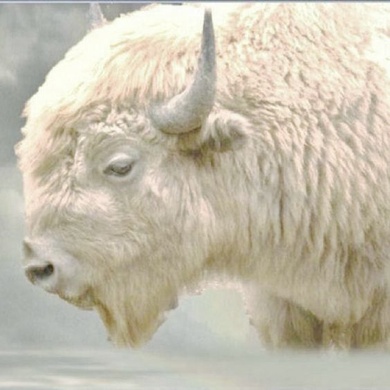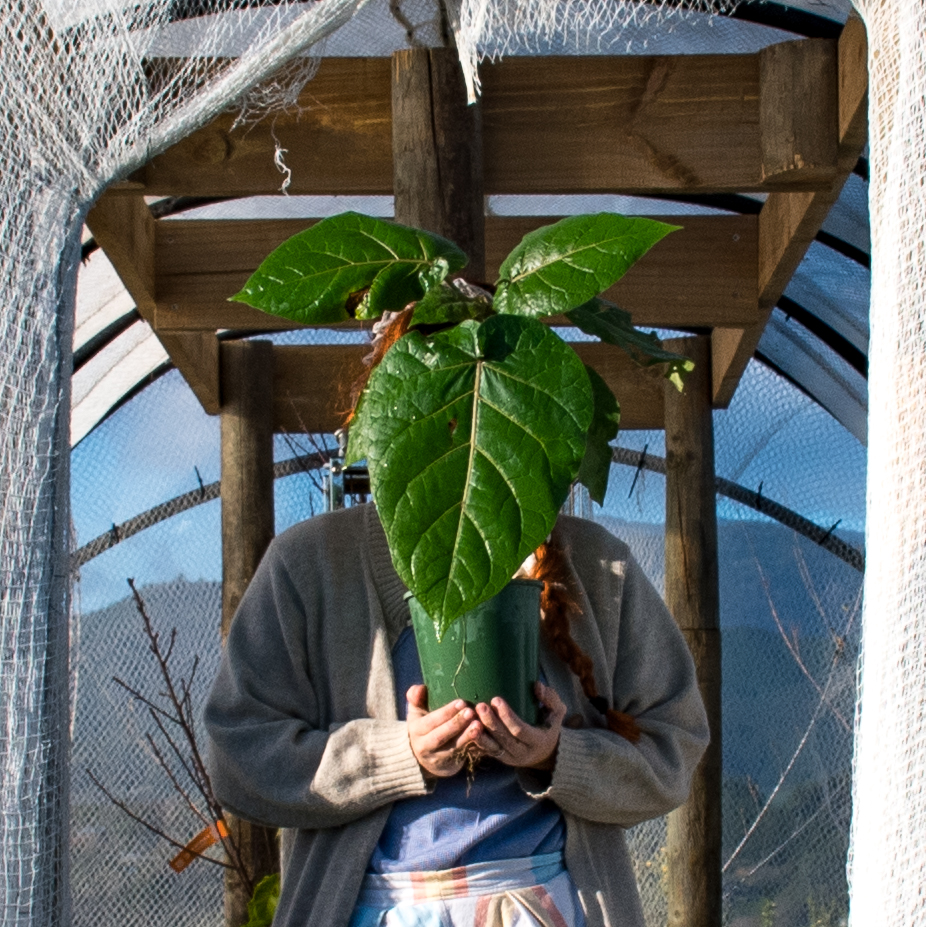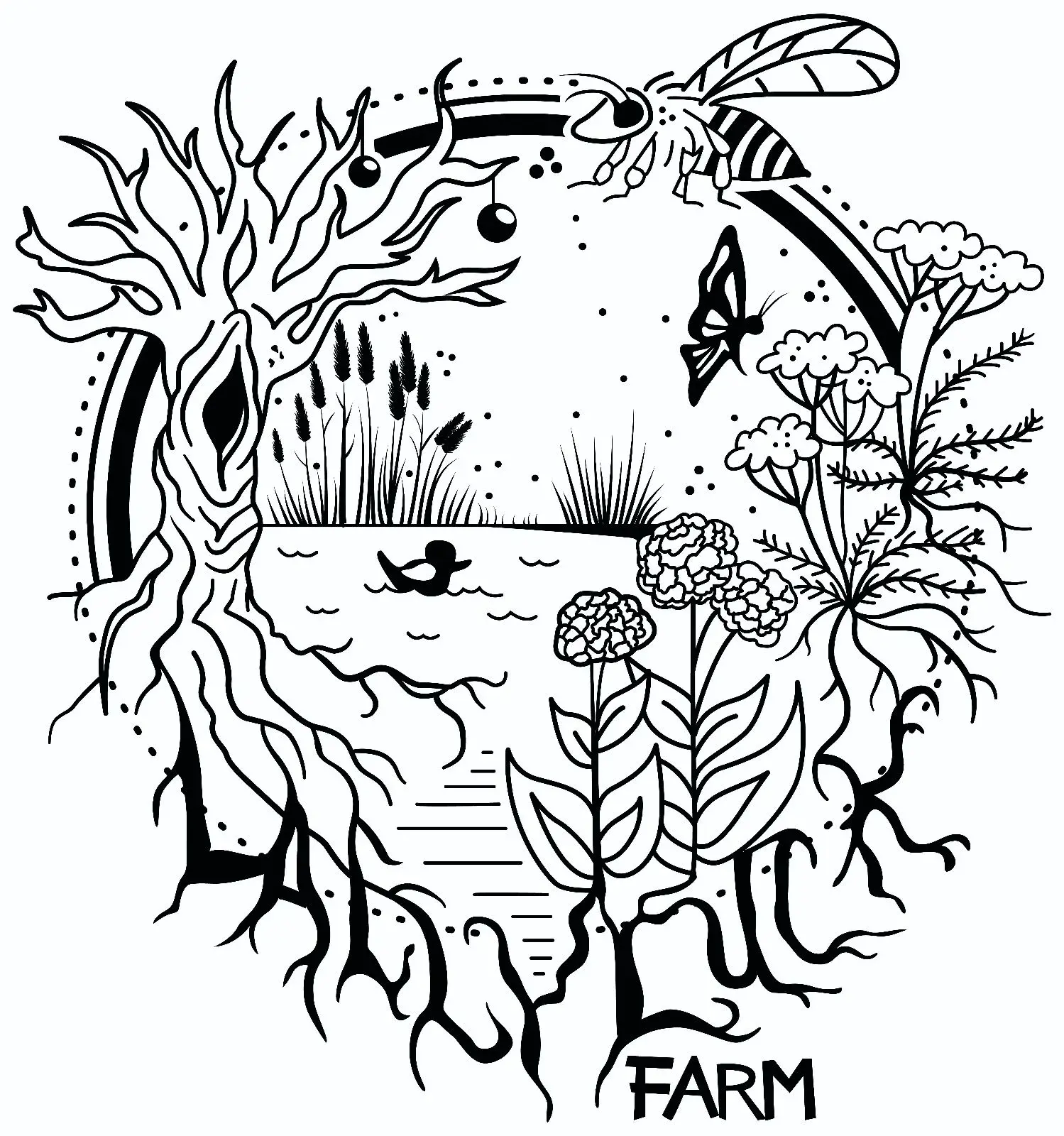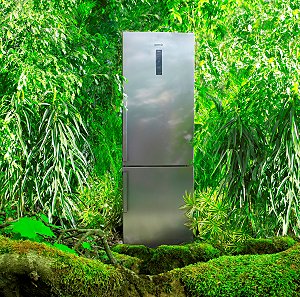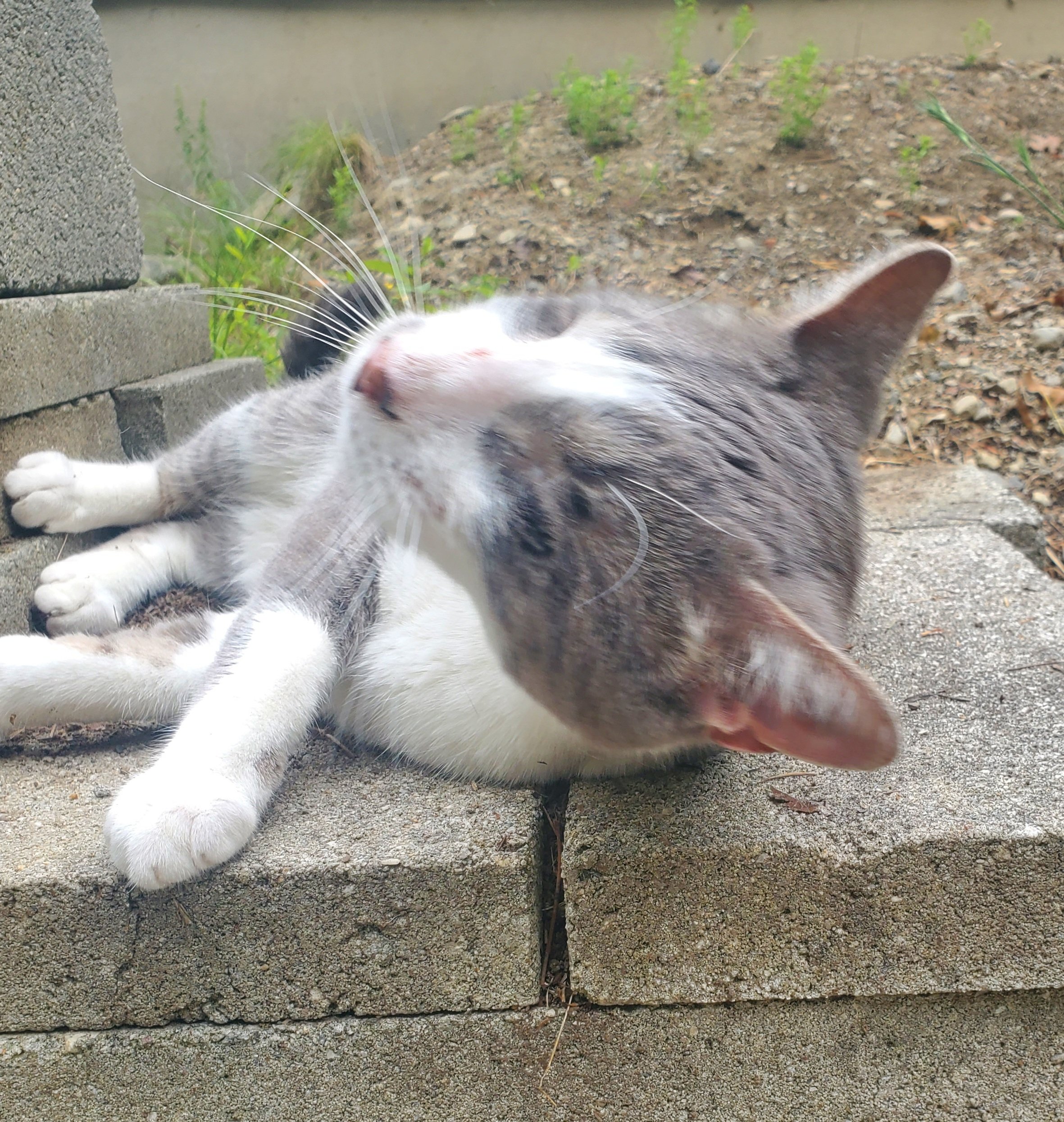I’ve transformed most of my 1 acre yard from lawn to native plant gardens. Native plants support biodiversity!
Absolutely! I just added r/NoLawns over to https://slrpnk.net/c/nolawns for a pro native yard :) glad to see other people doing it
Awesome! I’ll have to check it out
Me! We’ve reforested the sides of our ridge with about 12000 native plants. They are a couple years old now so slowly popping up but we’ve already noticed an increase in our birds/manu, especially tui who love the pohutukawa and harakeke
Just converted my yard this year to xeriscaping and native plants.
The city I live in actually gives a property tax break (up to a limit) per square foot, which is pretty awesome. Win win!
That’s awesome! Our town does a tax exemption if you’re growing food a la a “homestead” exemption. If you’re able and willing, the admins just added “Betterment and Praxis” as a community and details of your city’s program may help others to bring similar to where they live.
Will certainly pop in over there too, thanks for the heads up!
Yes absolutely, though I find it a difficult spectrum between pure conservationism vs ecology. I want to plant as many natives as possible, but perfect is the enemy of good, and ultimately I believe creating habitat and restoring a functional ecosystem takes precedence over trying to wind back the clock on colonisation.
I live in New Zealand and am in the process of creating a 35 hectare eco-community which includes 8 hectares set aside for wetland restoration and reforestation. There are existing trusts we could ally with for support, however most of them stipulate planting purely natives, which I don’t believe is practical. There’s no putting the genie back in the bottle, so to speak.
Here gorse bushes imported by Scottish settlers spread rampantly on any ungrazed land, and the reccommended approach is to poison them as fast as possible and plant natives in their stead. We’d rather not use pesticides, but there are other options. Gorse is very vast growing and horrendously thorny, but that can actually be a benefit - animals like rabbits don’t like to feed on it, so it can actually act as a nursery for young natives, and it requires full sun, so as soon as anything grows up from under it, it dies back.
Being able to step back and find ways for ecosystems to work together to restore themselves is the only cost effective/sustainable way to do it at the scale and speed we need to.
Kia ora neighbour!
Sounds like you’ve got a big project aye? Looking forward to hearing more about it!
Gorse is a fine nursery crop and a nitrogen fixer but you can always cut and paste with herbicide that runs through it’s roots and degrades quickly so the soil remains safe for planting other things as it rots. It’s such a pain (literally) to have around it won’t get shaded out for a decade. At least the ones around the houses and publicKanuka and manuka make great nursery crops as well. The stockings required for a good reforestation project gets so expensive I really recommend looking into the grants. You can always go back through and plug in some food crops later on. I’m going to inoculate ours with some edible native fungi once they form a good canopy.
Huh, I’ve hated gorse since childhood (having to walk through it during school camps sucked), it’s interesting to hear that it can actually be used in a way that’s beneficial to our neat native species!
There is a short film about it called “Fools and Dreamers”: https://youtu.be/3VZSJKbzyMc
I’m trying to get rid of my black thumb. I’m proud to say I’ve only killed 6 plants this year.
Every gardener kills a few plants in their time. Keep on keeping on! The beauty of natives is they have evolved to grow exactly where you are and will thrive with little to no care from you. They are a great confidence builder. Ask around your community garden shop for what works best in your specific area as sometimes the internet recommends something for outside your specific microclimate.
I am one, from Sweden. This is only the second year I’ve had a garden and it’s a slow process with the natives, but I already saw a difference from last year. However I also plant some food stuff (herbs, leafy veggies, tomatoes) in raised beds. We have old apple and cherry trees. Some bushes and the hedge are not native, but most of those were planted ca 1945 so I won’t be touching them.
I do definitely and aggressively remove any invasives like lupines.
I am! Sadly though with renting the property and being in the heart of my city/suburbs, it is hard to get away with going full native/no yard
Every little bit helps!
Since buying my house, I’ve planted over 20 different native species in my yard. Just recently planted 5 each of 2 different native ground covers and are attempting to start a lawn replacement with rhem!
I’m one, in Australia, and plant thousands per year (when the weather is good).
I would never plant natives before you had a good selection of food producing plants though. And a lot of them are exotic if you want production.
I’m working on restoring my 5 acres with native plants! I take a lot of pictures and talk about it some on my mastodon: https://sb17.space/@ater
I had to go through my Mastodon instance and then scroll through a lot to find not much. Can you direct link some of your more detailed posts?
We’ve been working with a landscaper that specializes in native and edible plants. We’ve removed a lot of highly invasive plants that were previously growing out of control (although it’s a constant fight to keep them away) and replaced them with fruit trees and native flowers.
We’ve also been trying to replace the grass in our yard with clover
I think clover can be a good addition when a property is severely lacking in flowering plants, but would encourage you to broaden even further. Where we are, Viola spp., Prunella vulgaris, and Fragaria virginiana are also used to help fill in the green space for our pup to play fetch in while providing forage for our local pollinators.
That’s awesome! Every year I have to do a sweep for invasives. It gets easier but they always try to creep back in.
Very much so, yes! We’ve removed most of the invasives from our property and the majority of plants we grow are native to our bioregion. Last year we grew a few hundred black chokeberries (Aronia melanocarpa) in an air prune box, and practiced some assisted migration growing Shepherdia canadensis in another. This year we’re growing Carolina Allspice (Calycanthus floridus), Northern Bay (Myrica pensylvanica), and a few varieties of Viburnum to boot!
I try to plant as many native species as i can, outside of a couple food crops. But most of those are native anyway like berries and stuff
I’m planning to do my whole property like a little native plant sanctuary with lots of pollinators for the bees and stuff the local wild life would like, especially the beautiful birds!
I wish you luck on your endeavor!
In my garden boxes, I’ll plant herbs and vegetables that aren’t native, but outside of the box, I always go for local native plants.
@dominoko Love them! I do much better with outdoor plants in my desert landscape than houseplants though. I’ve finally managed to keep some houseplants alive, but it’s only a matter of time.😟


